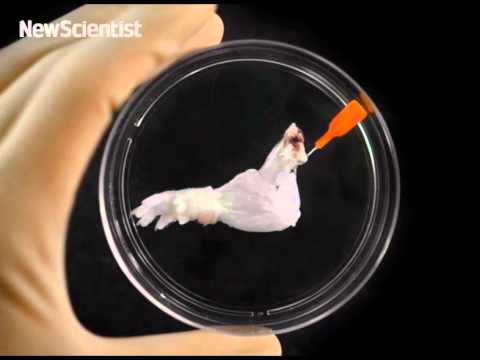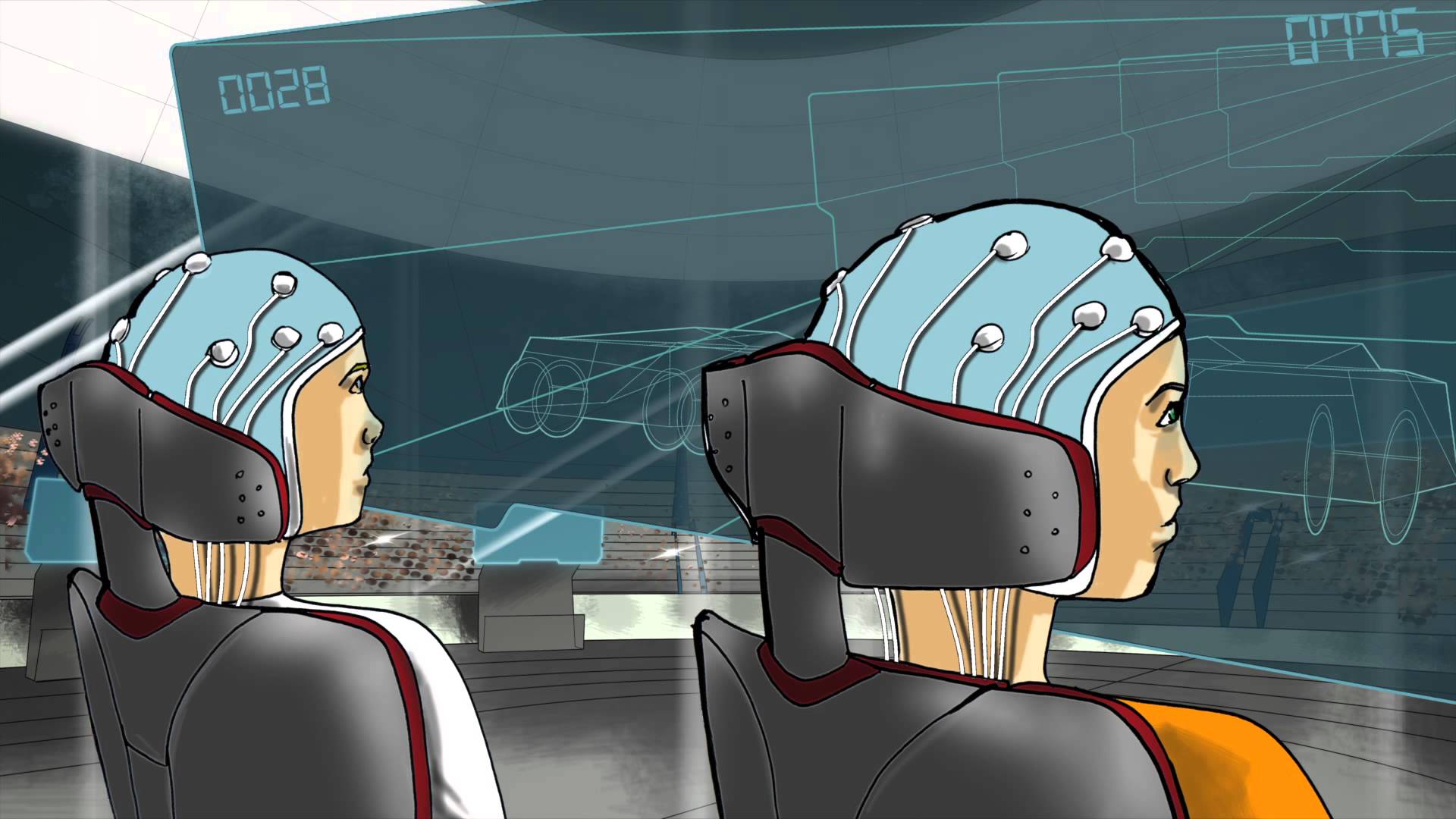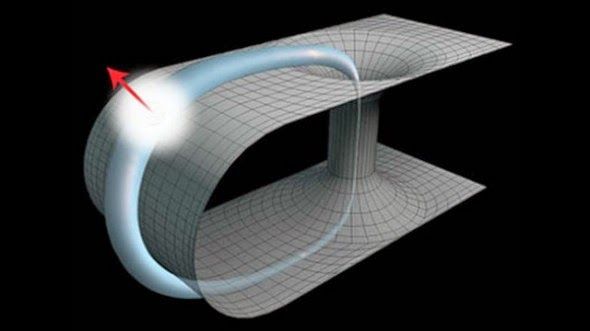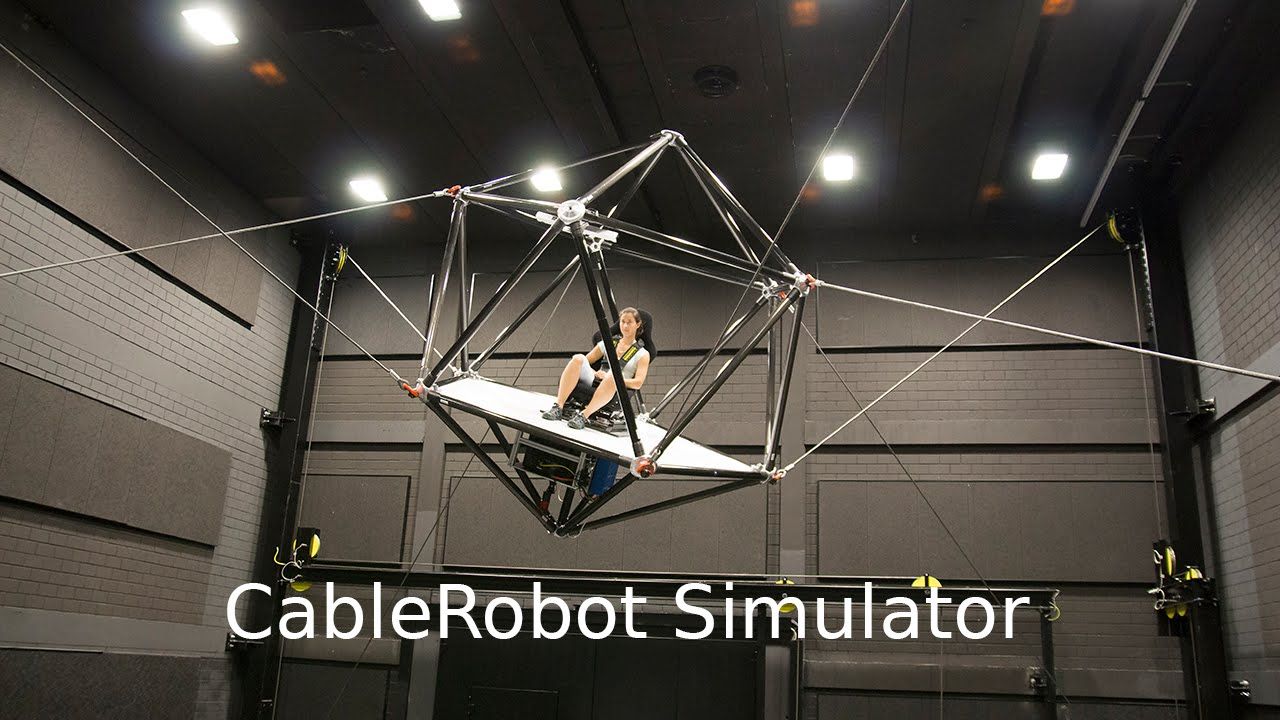Liquid water exists on the surface of Mars during the planet’s warmer seasons, according to new research published in Nature Geosciences . This revelation comes from new spectral data gathered by NASA’s Mars Reconnaissance Orbiter (MRO), a spacecraft that studies the planet from orbit. The orbiter analyzed the chemistry of weird dark streaks that have been known to appear and disappear seasonally on the Martian surface. The analysis confirms that these streaks are formed by briny — or salty — water flowing downhill on Mars.
NASA has advertised these findings as the solution to a major Mars mystery: does the Red Planet truly have liquid water on its surface? Researchers have known that water exists in ice form on Mars, but it’s never been confirmed if water can remain in a liquid state. The space agency is claiming that we now have that answer.
This isn’t the first study to suggest liquid water is present in some form on Mars. Scientists have theorized for years that Mars was once home to a large ocean more than 4 billion years ago. And recent findings from the Mars Curiosity rover suggest that liquid water exists just underneath the Martian surface. The discovery of water on Mars has almost become a joke among planetary scientists. Alfred McEwen, a planetary geologist at Planetary Image Research Laboratory who also worked on this research, wrote in Scientific American that the studies have become extremely commonplace: “Congratulations — you’ve discovered water on Mars for the 1,000th time!” he joked.








